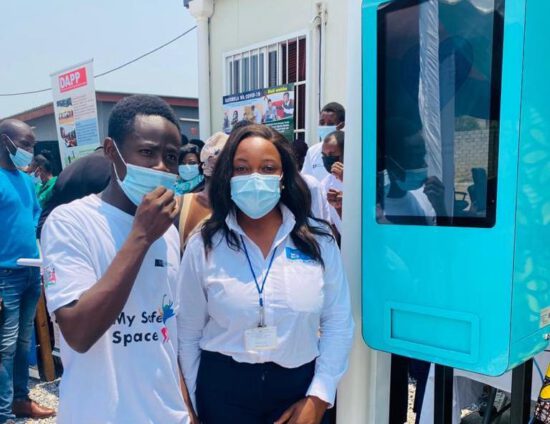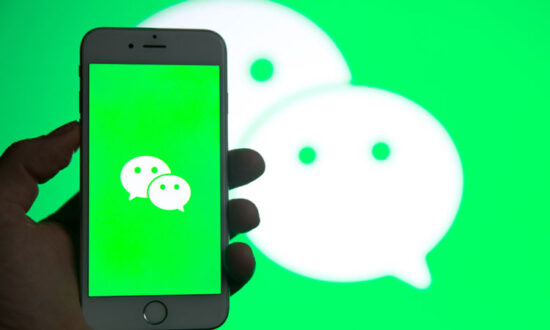
11th November 2020 by Jason Vincent
The Rise of QR Codes in a 'Touch Free' World
QR codes have been around for decades and in that time used extensively in manufacturing and industrial automation environments, due to their rapid identification and reading/scanning attributes. The very name QR stands for ‘Quick Response’ and hints at just how powerful and fast it is to read one relative to a more traditional barcode.
However, these little (or in some case large – think UK Track & Trace) square codes we’ve become so familiar with over the course of a year characterised by lockdowns and tiered restrictions haven’t always been well understood by consumers. In fact in certain markets such as in the UK, Europe and US, they’ve barely been used at all – until now…
The concept of simply presenting a QR code (such as on your phone’s display) for scanning at self service checkouts, airport check-in gates, or even when purchasing a Starbucks coffee has strangely always felt more familiar and ‘acceptable’. However, there has been a reluctance to do the reverse – encouraging consumers to take their phone out and scan a QR code for themselves. Questions would immediately spring to mind: “do I need an app for this?”… “Is my phone supported?”… “Is it safe?”. Usually this is enough to dissuade most consumers from even trying.
As a result, advertising campaigns such as posters on the London Underground or in bus stops showing QR codes for ‘more information’ have gone unscanned for years, much to the frustration of advertisers looking for ways to capture more data from consumers. A simple scan that pops open a web browser on your phone is literal gold dust to advertisers, at the cost of unsuspecting consumers – suddenly they know who you are, can re-market to you in the future, and depending on your setup can even target you across different devices. Scary? Absolutely. But it’s really no different than any other browsing or searching we do every day.
QR codes have therefore only been adopted by the select few using it for specific, niche applications. One example that springs to mind is payments among cryptocurrency holders. It would be very impractical to type out another user’s wallet address (which could look something like this: “1BvBMSEYstWetqTFn5Au4m4GFg7xJaNVN2“), so QR codes made perfect sense – wallet applications have embedded scanning capabilities for years making this a simple, seamless process to transact and exchange value. Simply open the app, press a button to scan a QR code, and point it at the code to continue.
There is one distinguishing factor, however, that has driven adoption, even within these use cases: most applications requiring QR code scanning *build it into the app that requires it*. At Aeguana, we’ve used this ourselves for many years and seen it used in numerous other applications – Smart Fridges which you scan through an app to unlock; Lime-e Scooter hire which activate by scanning the small code on the handlebars; In both these cases, the interaction is started from within the proprietary mobile app in which it will be used. It makes sense – and consumers can be guided through intelligent user experience design to understand this process, making it seamless and intuitive.
The problem arises when consumers are faced with a QR code somewhere they don’t expect – what do they do with it? Which app do they use to read it? How do you scan it? This is the drastic shift we’ve now experienced over the course of 2020. With QR codes everywhere, from restaurant menus, to web-based check-ins, suddenly consumers have become accustomed to simply opening their camera and pointing their phone. It has been fortuitous timing that Apple updated iOS a couple of years back (around the launch of iOS 11) to support scanning of QR codes from the native mobile camera without the need for any specific scanning app – this has made adoption effortless, and meant the only real barrier was educating consumers on the built-in capabilities of their devices and how to use them.
There are a few factors that have driven such fast adoption of QR codes throughout the Covid19 crisis:
- They’re touch-free. From restaurant food menu’s to filling in track&trace forms. Customers can benefit from the oh-so-desired air gap between their device and the code(s) they’re scanning;
- They can be quickly changed – run a different specials menu every day? No problem. Just update the website and keep the QR code the same. This makes it perfect to direct users to regularly changing content;
- They can simply direct a user to an online website, without the need for a custom app to be installed, or the user to type in a lengthy domain / URL into their web browser;
So are QR codes here to stay? Well, we certainly think so. Now that everyone knows how to use them, they present a fantastic opportunity for advertisers and retailers to engage with their customers. The options are endless, really.
What about automated retail? For companies working in this space, be it from a ‘retail’ perspective or an experiential marketing one, this has also unlocked significant opportunities. Aeguana’s launch of ‘touch-less checkout’ relies on a QR code on any of our vending machines or automated retail devices to provide customers with a simple way to view, select and purchase products without ever touching anything other than the customer’s own phone (check it out here for more information https://www.aeguana.com/touchless-vending-coronavirus-hygienic-vending)
From scanning a QR code that instantly triggers the dispense of a free sample of a product in-store, to taking control of a robotic drinks maker from your phone. We believe this helps bridge the gap between ‘physical’ retail and digital retail, providing a better experience to the consumer, and endless opportunities to drive value for the brand and retailer.
Time will tell if they stick around, but whilst they’re here, let’s make the most of it and create some great experiences for customers to enjoy!




